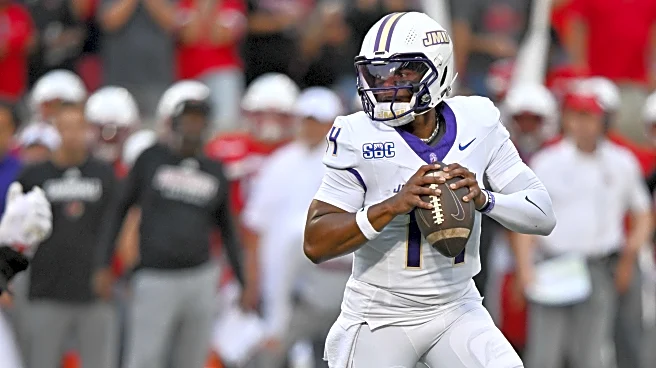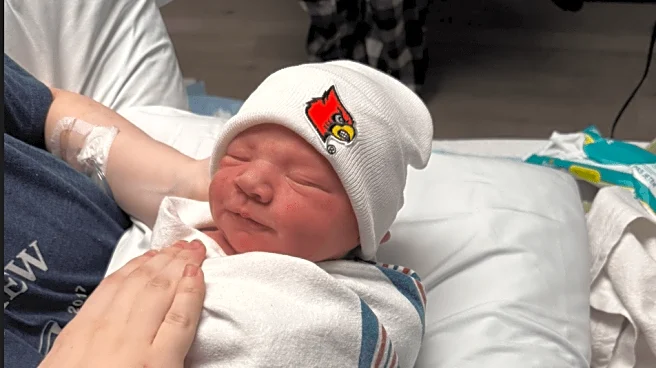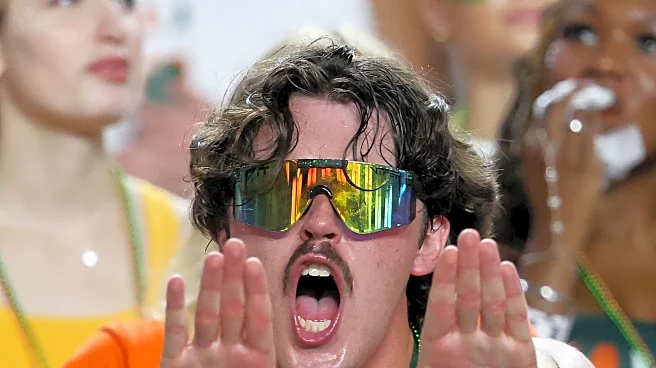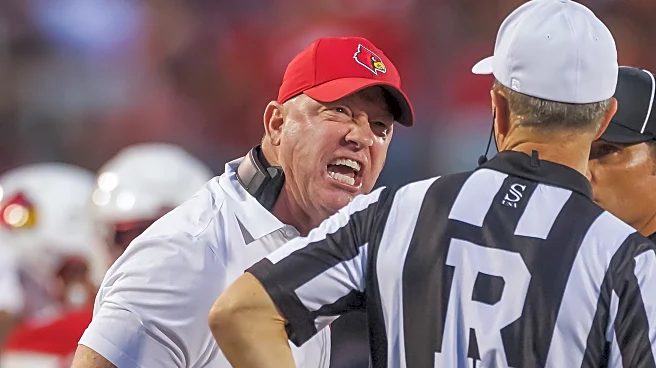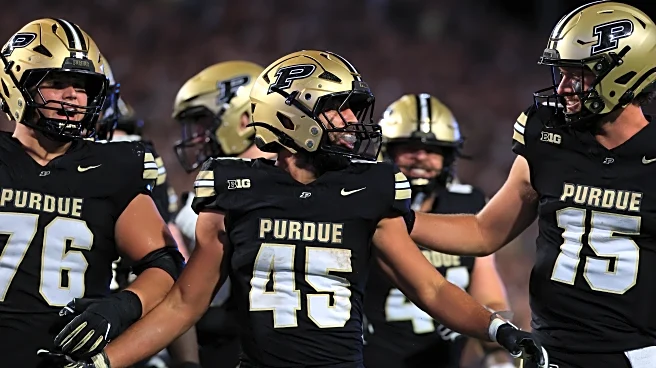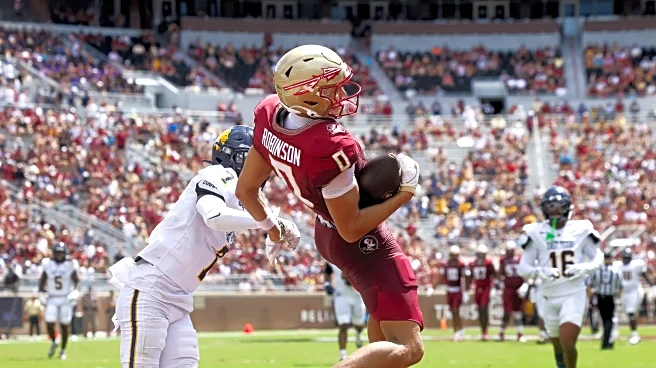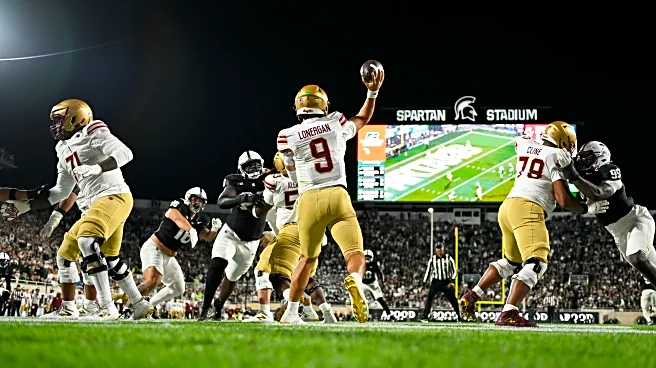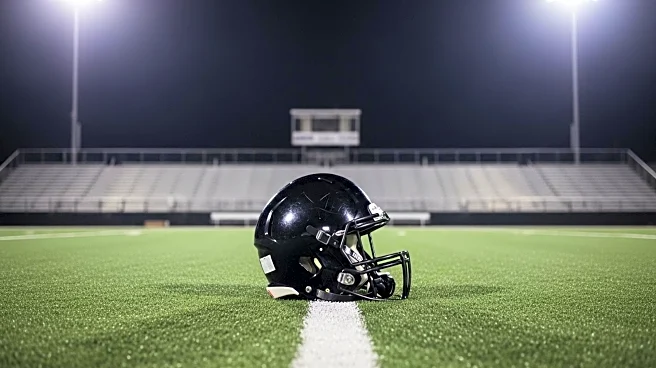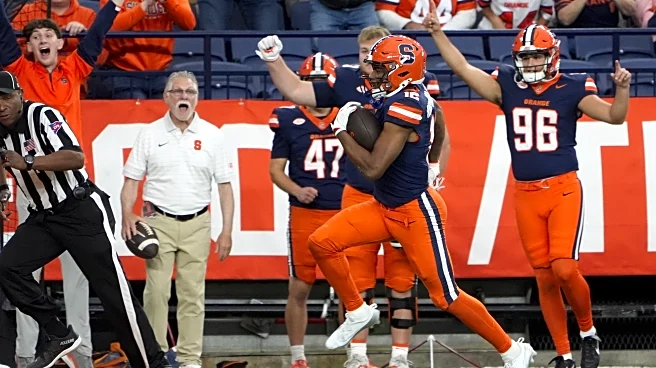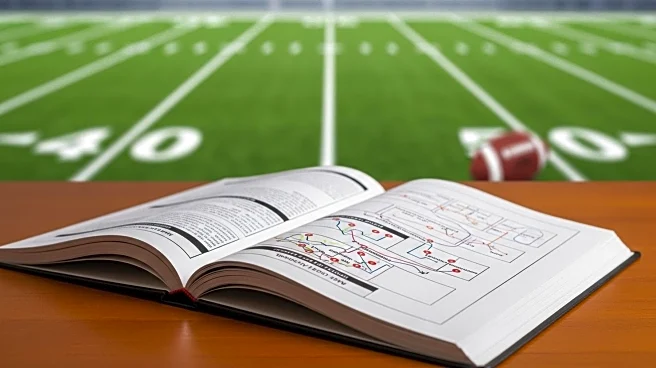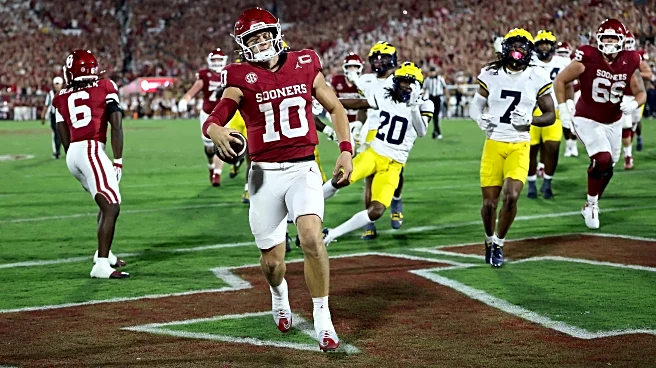
Louisville won a battle with the James Madison Dukes on Friday on a night where not much went well for either offense. JMU came in with a game plan that was hard to understand, while the Cards struggled to get their running game going. However, both defenses showed up and made highlight plays from start to finish, with big plays being the deciding factor when it was all said and done.
I broke down a handful of plays from each quarter to get us all through the first bye week of the season.

On the first
play of the game, we got a good look at what we would see all game from the offensive line. JMU is in their base defense, and they don’t do anything special up front on this play. The four-man front fires off the ball, and they are looking to shoot gaps to try to be disruptive.
Mak Pounders just doesn’t block his man here. He has the last man on the line, and you can see that Rasheed Miller, next to him, climbs to the linebacker, which leaves Pounders with only one option here, so I’m not sure why he steps so hard outside on this play. But his missed block blows up the play, and Isaac Brown isn’t able to get going before he’s tackled. I’m not sure this goes for more than a few yards anyway, but the running backs had little chance to make plays all night.

On the second play of the game, we see two offensive linemen run into each other, followed by Rasheed Miller jogging into the ether in the middle of the field. Also, Lance Robinson runs past the player who ends up making the tackle to double-team a player who is being handled by Pete Nygra. Brown again has nowhere to go, and the line is left turning back, looking at JMU players who somehow got behind them.
What I struggle with on this play is that JMU only has a one player number advantage at the snap. But the extra player is probably fine with Jeff Brohm, with Brown’s ability to make people miss. But the line just isn’t in sync at all on this play, and a free runner comes right down the shute and blows up the play again.

Rasheed Miller had a nightmare start to this game, but this is also just a very well-run pressure by JMU. They mug up their linebackers with 7 guys showing blitz before the snap. The offensive line actually calls this correctly, with Brown responsible for the edge blitzer, which leaves one unblocked player. That looks like the linebacker who is backed off of the line, but the man lined up over Miller fakes the blitz, while the linebacker backed off the line runs right past Miller as he is adjusting to his man faking the blitz. This is beautiful stuff by the Dukes.
Before this play starts, Miller Moss checks into a new play. I’d love to know what that play was, as none of the receivers run a route that has a chance of getting the ball out on time. It looks like Moss takes a three-step drop, but Chris Bell at the top of the screen isn’t near his break when he gets to the top of his drop. It also looks like this pass would be picked off if it’s thrown with JMU in off coverage, with the defensive backs looking into the backfield. A bad play all around, but at the time, it seemed fair to chalk it up to early-game settling in.

You’ll notice a theme in this game, and it’s one block being missed and that missed block blowing up the play. Mahamane Moussa has a double team on #53 for JMU with Lance Robinson chipping the inside shoulder, then climbing to the linebacker. Moussa not only allows the tackle to get onto his outside shoulder, but he then gets manhandled as well. #53 then gets into the backfield and closes the running lane before it opens. He gets a nice tackle in the backfield for a run stuff.

First things first on this play. Jaleel Skinner has to run this route past the sticks on third down. To me, this is his inexperience showing as he runs the route a yard short, which doesn’t account for the fact that he will be working back towards the ball as he does here. If he either gets deeper up the field before he rounds off or if he fades up the field on the route before he works back to the quarterback, he likely gets the first down here.
I’m going to sound like I’m picking on Moss, but this ball should be out of his hand when he gets to the top of his drop. JMU defenders bail at the snap, and this play is designed to run off the coverage to give Skinner room to run free here. The ball should be delivered before he hits the hash marks so that he can get up the field and run after the catch. Moss bails from the pocket, and the timing of the play then leads Skinner into the defender.

This is the playcall I was dreading heading into this game, but JMU didn’t run it much after this play. This is actually a very good improvement on defense when it comes to defending this play. Antoino Watts gets outside to put himself in position to stop the outside option, while Wesley Bailey stays home to defend the quarterback. This forces Barnett to hand the ball off, which is not what teams did against the Cards last year. They were able to take advantage of the edge defender crashing on the run and the outside defender sprinting upfield to the running back, which allowed the quarterback to split the defense on the edge and run free.
The effectiveness of this play is on full display here as UofL plays good assignment defense, and JMU still gets a nice gain. They block this perfectly with the pulling guard hitting his spot with good timing to push Stanquan Clark out of the hole and give the back a clear path to the third level of the defense. The only thing I’d maybe like to see here is Clark getting downhill faster to try to muddy up the blocking and cut off the running back’s path.

This was a nice design by JMU on a staple play that most offenses have in their playbook. The tight end throwback is all about getting everyone running one way while your tight end sneaks “below” the defense in the opposite direction. UofL runs this play, and the tight end actually purposely falls down on the play. Maybe the defensive end could get after the quarterback a little more quickly here, but I think this is just a win by JMU, which happens sometimes.

This was the best passing play of the game up to this point. Louisville used play action to try to move the defense, and it worked as the second level of the JMU defense stepped up before retreating back into a zone. The issue for them is that their eyes were in the backfield, so they don’t really know where the routes are. They’re left to rely on reading Moss, and there is a sizeable gap between the linebackers for Jacob Stewart to sit in.
One thing I would like to see going forward is Moss delivering this ball at the top of his drop. You can see the safety in the middle of the field at the start of this play, and you don’t see him when Stewart catches the ball. He bails and turns his hips to help over the top on the outside receiver. Moss sees phantom pressure here and starts to roll to his right. I think the timing was just a bit off, and he starts to move right when the safety bails and Stewart turns. It works out, but getting these plays down to a “pitch and catch” type of play would be great for the offense.

This just can’t happen with your veteran quarterback. This is another nice pressure look from JMU, but the blitzing safety is the only guy Moss has to account for as the quarterback, and he flat-out misses him. Jacob Thomas is walking up to the line with a safety directly behind him, aligned with the receiver. This is something Moss should notice and adjust to, but he fails to do so.
Looking at this another way, the timing of the play and defensive movement could make it hard for Moss to see the free runner coming. He still has to get rid of the ball with the defensive alignment, coverage, and blitz look they’re giving. JMU lets the motioning running back release free to the sideline, and Moss doesn’t take that option. That’s the safe and obvious play, but he’s waiting for something to open up elsewhere, and then he starts to look to scramble when he gets hit. Again, if he lets it rip at the top of his drop, he has an open running back who at least gets a positive gain out of this.
